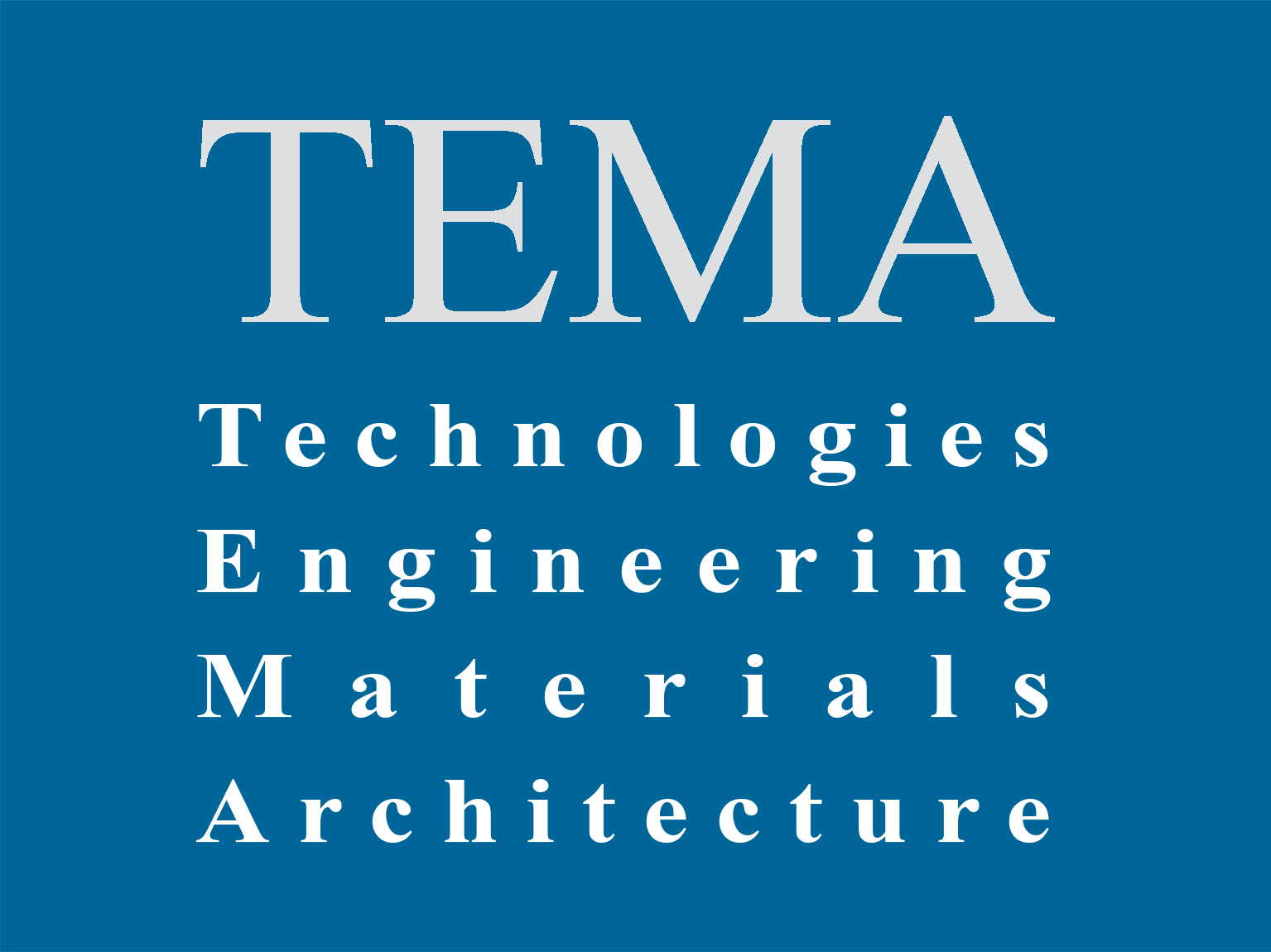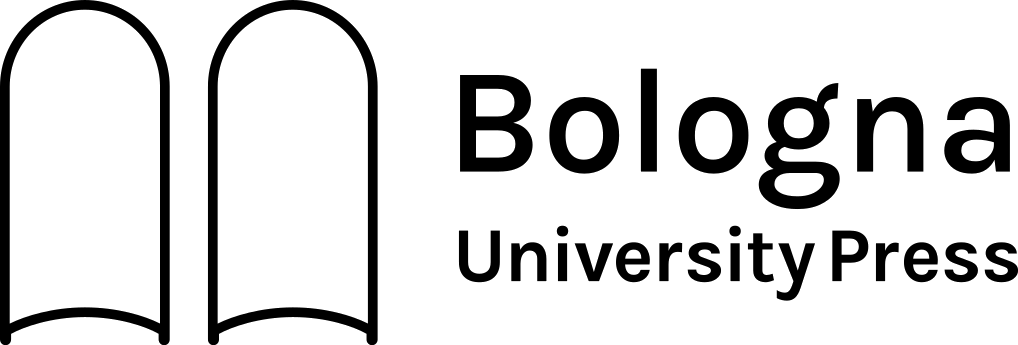Energy efficiency in existing building stock is a priority for achieving the decarbonization objectives imposed by the European Union. Several European projects have addressed the issue and suggested strategies. In particular, the TripleA-reno project has among its objectives the development of a web tool for the energy assessment of buildings so that users can simulate the economic and energy benefits of the renovation process. The paper aims to assess the impact of simplification in geometric, energetic and modelling input on the calculation of the energy performance of buildings. The study was conducted on a case study of the TripleA-reno project, located in Concordia Sagittaria (Venice).
The architectural configuration, the structural typology and the stratigraphies of the building and the interventions foreseen by the redevelopment project are described.
After defining the energy modelling software intended to be used, a detailed energy assessment was carried out, which was subsequently approximated by maintaining unchanged only the gross heated volume and the characteristics of the opaque and transparent elements. The different energy assessments were then analyzed to compare and evaluate the parameters most influenced by the simplification introduced and the variation of the S/V ratio.
Finally, the TripleA-reno platform was used to compare the results with both the detailed and the simplified model.
Funding
This paper has received funding from the European Union’s H2020 Framework program for coordination and support action under grant agreement No. 784972.









